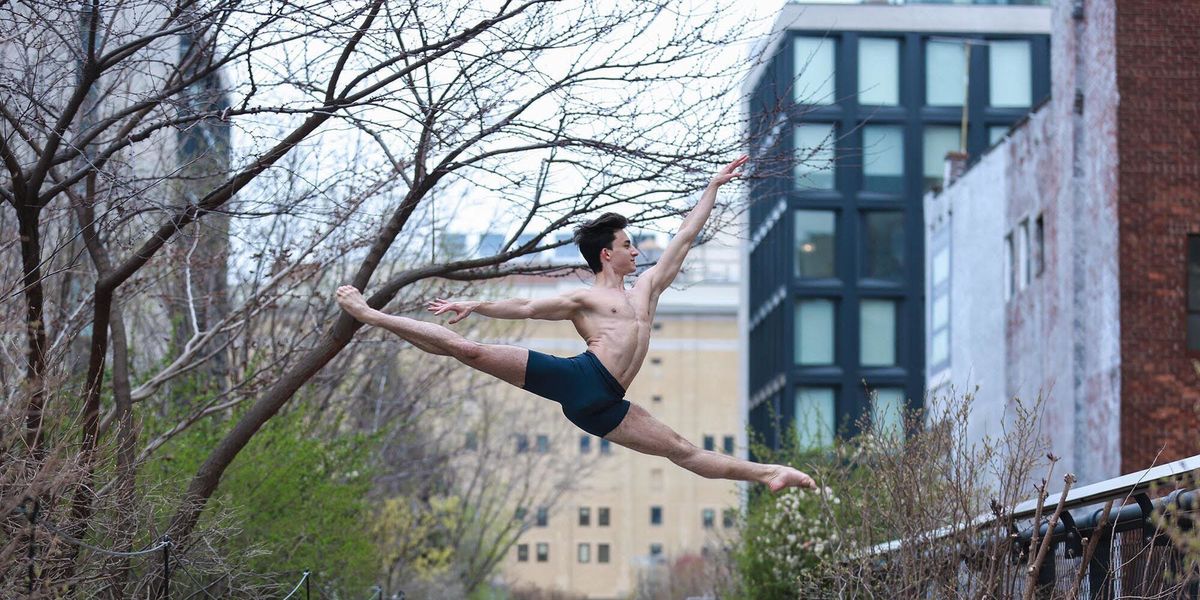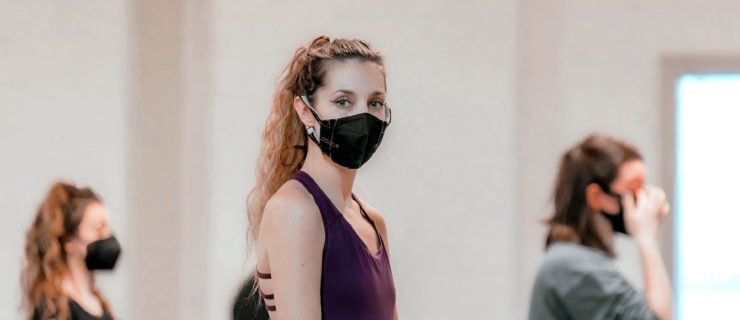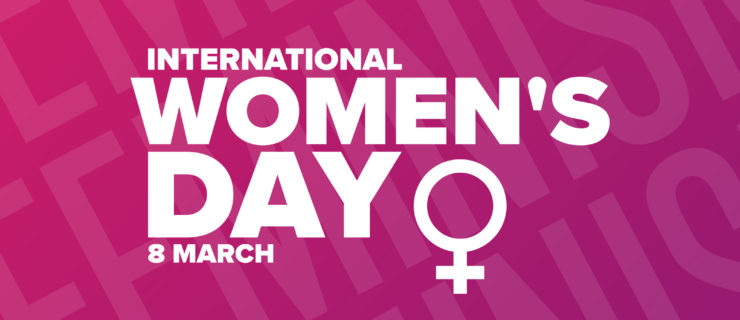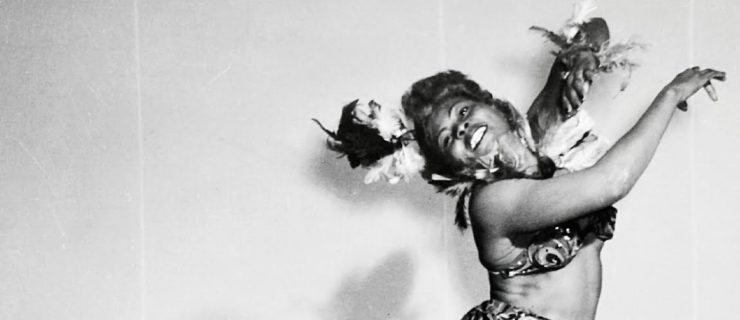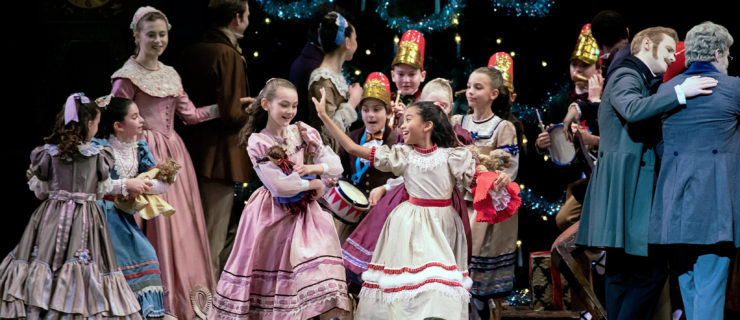4 Latinx Dancers Breaking Boundaries
It’s National Hispanic Heritage Month, a period observed from September 15 to October 15 that recognizes the contributions of Latinx and Hispanic communities to American culture. The dance world has been lucky enough to be on the receiving end of those contributions, with Latinx dance artists leaving legacies that have helped move it to a more inclusive place.
At Dance Spirit, we’re celebrating the month by highlighting four Latinx dancers whose groundbreaking work is opening doors for the next generation.

Abdiel Figueroa Reyes (Todd Rosenberg, courtesy Reyes)
Abdiel Figueroa Reyes
The concert contemporary world—where companies, including Nederlands Dans Theater, the Hofesh Shechter Company and the Batsheva Dance Company, create out-of-the-box works that make bold, artistic statements—can sometimes be intimidating to aspiring professional dancers. But this wasn’t the case for Abdiel Figueroa Reyes, who’d been preparing for a career in this exclusive world most of his life. That hard work paid off and landed him a job with Hubbard Street Dance Chicago in 2019.
Reyes’ contract with the company came after years of training at the Rock Center for Dance and Contemporary West Dance Theater, both in Las Vegas, NV, and after joining the inaugural program of Hubbard Street’s Professional Program and apprenticing with the company, where he is the only Latinx dancer. “It can feel very isolating to be the only Latinx dancer in the room, but I have been fortunate enough to work in an environment where it has never been a dominating factor, and where my true self is authentically supported,” the 22-year-old says. “It was not until the past couple of years that I realized the weight that my brown body carries, inside and outside of the studio.”
His body also carries this capacity to move in creative, near-alien ways. He is captivating, the way his improvisation vocabulary can move from sultry to rigid to utterly vulnerable. He attributes his movement aesthetic, in part, to his Puerto Rican heritage, which he says gives him “incentive and a more innate reason to keep pushing for more out of my career while proudly being Boricua.”

Carlos Gonzalez (Benjamin Majors, courtesy Gonzalez)
Carlos Gonzalez
Carlos Gonzalez
is a dancer with American Ballet Theatre, whose gorgeous feet, dreamy extensions and effortless ballon make him a standout in the company.
Gonzalez also happens to be one of only a few Latinx dancers in the company. “It’s difficult,” he says. “But I think the best way to handle the pressure is by trying to do your best every day, bringing your own personality into your work, and believing in yourself and the artist that you want to become.”
Born in Madrid, Spain, Gonzalez trained at El Conservatorio Profesional de Danza Fortea and El Real Conservatorio Profesional de Danza Mariemma before joining the ABT Studio Company in 2015. He was quickly noticed, gaining an apprenticeship with the main company in 2016 and joining the corps de ballet in 2017. He says he’s grateful for the opportunity to represent the Latinx community at ABT, which is largely underrepresented in the Western ballet world. “There aren’t that many of us in the company, which makes my experiences very special—but hard at times,” he says.
The challenging moments in his career haven’t stopped him, though. He says he loves connecting with audiences too much to let anything get in the way of his success. “I probably feel the proudest as an artist when I receive messages of gratitude for doing what I do, for transporting the people that come to see me or ABT to a parallel world where, for a while, all the problems of the real world disappear,” Gonzalez says.

Monica Douglas performing with singer Becky G (Vivian Phann, courtesy Douglas)
Monica Douglas
Monica Douglas
grew up dancing as a classic comp kid, winning regional and national titles at some of the biggest events in the circuit. After attending Penn State University, Douglas moved to L.A., and almost immediately began booking jobs with major artists.
Among her favorite memories is performing at the 2014 Essence Festival in New Orleans, LA, with rock/pop legend Prince. “It was definitely one of my first big milestones within my first year of living in Los Angeles that told me ‘You can do this!’ ” Douglas says. “To me, it meant that no matter what I look like—my skin color, height, weight, anything—I could be successful in this industry.”
That drive and determination have served her well. She’s since worked with tons more iconic musicians, including some of the top Latinx artists in the world, like Daddy Yankee, Jennifer Lopez, Bad Bunny, Pitbull, J Balvin, Becky G and Camila Cabello.
“Working with these artists is empowering as a Latina dancer because we really get to celebrate our culture to the fullest extent,” Douglas says, who identifies as part Panamanian. “There’s nothing like performing to Latin music in front of thousands of screaming fans.”

Jon Rua (Susan Stripling, courtesy Rua)
Jon Rua
If you’ve ever seen Lin-Manuel Miranda’s Hamilton, then you know Jon Rua‘s work. He’s been collaborating with Miranda since the Off-Broadway rendition and his Broadway debut in Miranda’s first Tony Award–winning musical, In the Heights, at the Richard Rogers Theatre. Later, Rua would become a member of the original Broadway cast of the founding-fathers musical we’ve all come to love, contributing his own voice and choreography to the show.
As a member of both casts, Rua has had a unique opportunity to work with a diverse group of theater artists, which is something he says he appreciates. “It was a wonderful way to build some semblance of family in this country,” he says. And while that diversity isn’t represented in all corners of the musical theater world, Rua believes that can change “once America, the entertainment industry and the musical theater industry recognize Latinx stories are just as American as any other American story.”
His story began in New Jersey, as the son of two Colombian-born parents. He didn’t grow up building the “traditional” Western dance foundation, but instead used what made him unique—in particular, his connection to his Colombian heritage—to power forward, and he encourages young Latinx dancers to do the same: “Embrace the passion and the rawness of your love and your journey,” Rua says. “Do not succumb to the expectations the entertainment world sets for Latinx dancers. You are American. When you see so few faces that represent you, it is upon you then to represent yourself and Latinx artists, and take a stand for what the future can be.”
